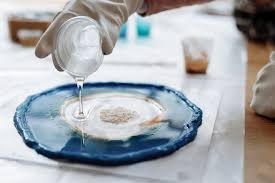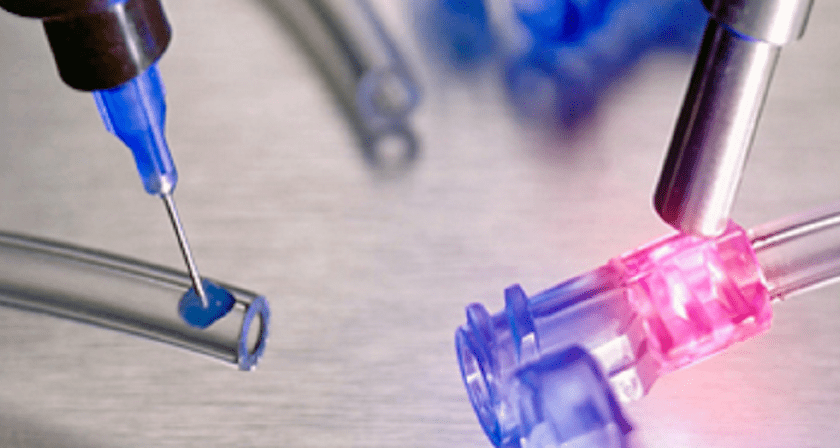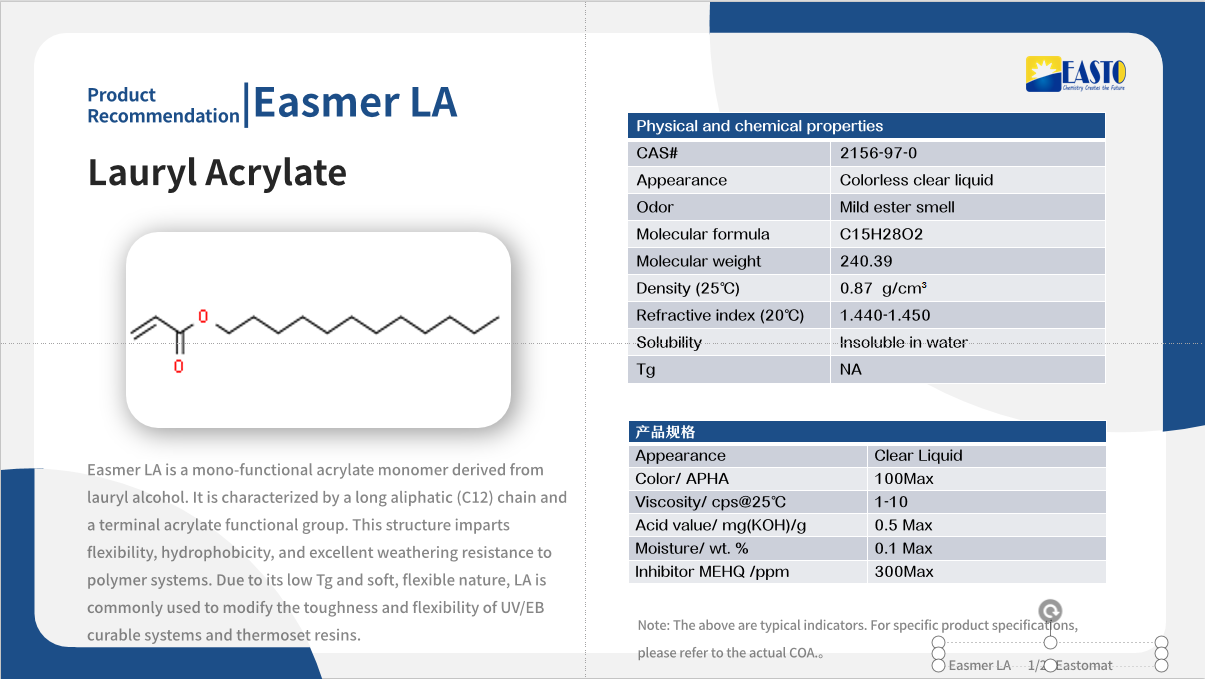Are UV/EB Curing Materials Dangerous?
Release time:
2025-08-09
Ultraviolet (UV) and electron beam (EB) curing technologies have long been misunderstood, but today—when handled properly—they’re proven to be safer and more environmentally friendly than many solvent-based and even some water-based alternatives.
Safer Than Solvent-Based Systems
Unlike traditional solvent-based inks, coatings, and adhesives that rely on volatile organic compounds (VOCs) for drying, UV/EB systems cure through rapid polymerization—without needing solvents. This leads to lower emissions, reduced fire and flammability hazards, and decreased regulatory burdens. In fact, solvent-free UV/EB coatings are generally classified as non-flammable, cutting storage and insurance risk considerably . Their low or zero VOC content also makes them compliant with environmental regulations and a greener choice overall .
Advantages Over Water-Based Materials
While water-based systems seem eco-friendly, they often still contain solvents and can demand significant energy for evaporation. UV/EB systems eliminate that step, offering faster cure times, higher performance, and better energy efficiency .
Controlled and Less Hazardous Than Often Perceived
Early concerns about UV/EB safety stemmed from limited knowledge and improper handling of irritant acrylate monomers. But modern formulations are much gentler, and UV/EB materials are, by and large, much less toxic and easier to manage than the solvents they replaced . Industry reviews go as far as noting that “overall, UV/EB materials are much less toxic than some of the ingredients in water-based systems or solvent-based systems they replace” .
Safety Is About Proper Use
That said, UV light itself and uncured materials can pose risks—particularly to eyes and skin. Overexposure to UV light may result in burns or eye damage, and contact with uncured monomers or photoinitiators can cause irritation or allergic reactions . Safety guidelines emphasize:
Using proper personal protective equipment (PPE), such as UV-blocking face shields, gloves, and protective clothing .
Following good hygiene and industrial-hygiene practices, including training, handling procedures, and safe cleanup methods .
Implementing engineering controls like shielding, ventilation, and proper storage .
With these precautions in place, the exposure risk is minimized and the cured end-products are inert and safe .
Bottom Line
While UV/EB curing materials may have had a less-than-perfect safety reputation in the past, modern formulations and protocols have greatly improved their risk profile. They offer significant environmental and performance advantages over solvent-based and many water-based systems, and—with conscientious adherence to Material Safety Data Sheets (MSDS) and safety procedures—they prove to be very safe in practice.
Previous Page
Previous Page
Latest News
Get a Free Consultancy
NANTONG EASTO MATERIALS TECHNOLOGY CO.,LTD.

No.118,Zhujiang Rd.,Juegang St.,Rudong County,
Nantong City,Jiangsu Province,226400,China




 2025-08-09
2025-08-09







